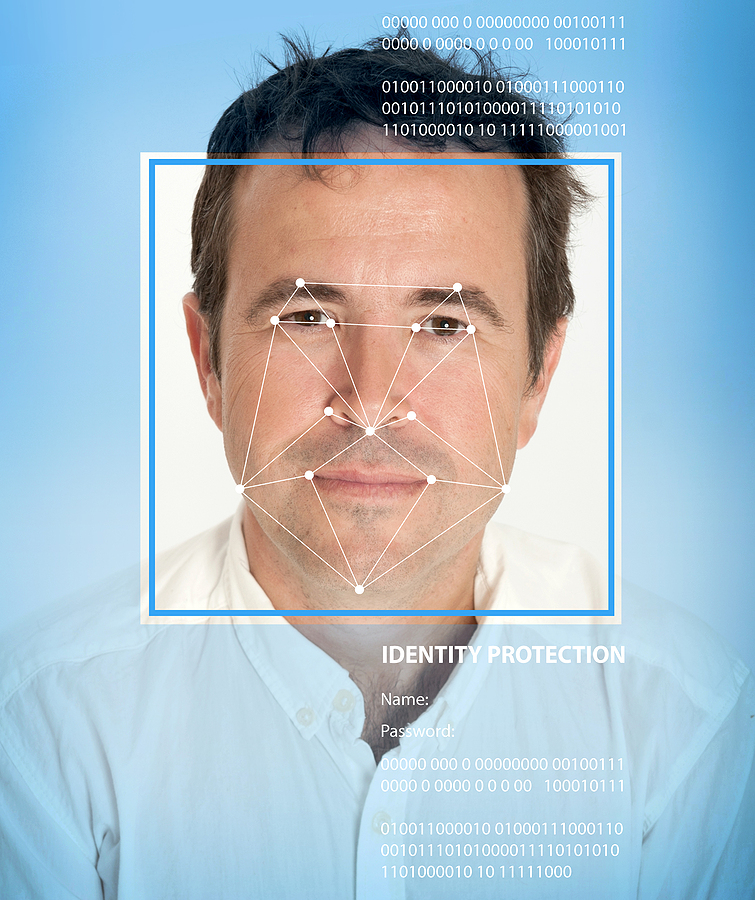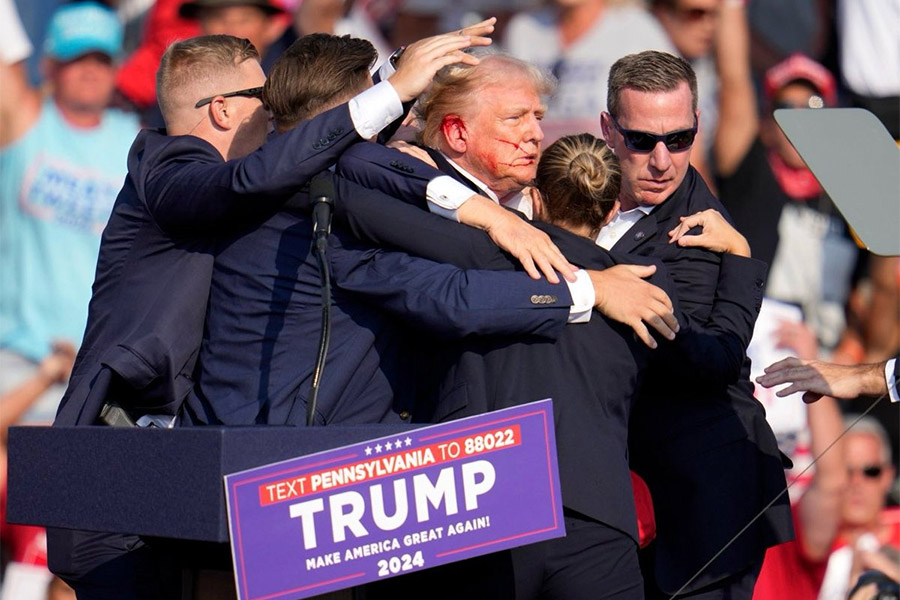
Recent revelations confirm that the Bureau of Alcohol, Tobacco, Firearms, and Explosives has been aggressively expanding its use of facial recognition technology, raising significant concerns about mass surveillance and unconstitutional tracking of law-abiding gun owners.
But now, explosive new reports indicate that this same technology played a role in identifying the would-be assassin of former President Donald Trump in Butler, Pennsylvania, on July 13, 2024—an event that shocked the nation and placed increased scrutiny on the ATF’s secretive surveillance tactics.
ATF’s History of Facial Recognition Surveillance
For years, gun rights advocates have warned that the ATF’s use of facial recognition would lead to mass surveillance of American citizens—particularly those who exercise their Second Amendment rights. Despite repeated claims that the ATF doesn’t engage in biometric tracking, a 2021 Government Accountability Office report revealed that between October 2019 and March 2022, the ATF conducted at least 549 facial recognition searches.
The technology was largely powered by third-party vendors, including Clearview AI and Vigilant Solutions, both of which have amassed vast databases of billions of images scraped from social media, DMV records, and security footage. This means the ATF has been leveraging private sector databases to track and identify gun owners without their consent.
The full scale of this surveillance remains unclear, but newly surfaced documents indicate that the ATF has been working with FBI fusion centers, state and local law enforcement, and even foreign intelligence agencies to develop more comprehensive tracking capabilities.
Trump Assassination Attempt: ATF’s Facial Recognition in Action
The shocking attempt on Donald Trump’s life in Butler, Pennsylvania, placed the ATF’s use of facial recognition in the national spotlight.

According to Senator Ron Johnson, law enforcement officials immediately transmitted photos of suspected gunman Thomas Matthew Crooks to the ATF’s Philadelphia office, where facial recognition technology was used to confirm his identity.
Typically, biometric identification efforts in high-profile cases like this are handled by the Secret Service or the Department of Homeland Security (DHS). However, the ATF’s involvement in the Trump assassination investigation raises serious questions about the agency’s expanded role in digital surveillance and domestic intelligence gathering.
Gun rights advocates have pointed out that if the ATF has this level of facial recognition capability, it is almost certainly being used to track law-abiding gun owners, monitor gun shows, and target individuals for political reasons.
Are Gun Owners the Real Target?
This major revelation follows years of speculation that the ATF has been expanding its surveillance infrastructure well beyond its intended role.
- In 2023, leaked documents exposed that the ATF was working with state and local governments to deploy facial recognition at gun stores, shooting ranges, and firearm-related events.
- The FBI has also admitted to using facial recognition on concealed carry permit holders in multiple states—often without a warrant.
- The ATF’s “Zero-Tolerance” policy against gun stores has resulted in thousands of gun dealers losing their licenses—often for minor paperwork errors—further consolidating government control over firearm transactions.
This means law-abiding citizens exercising their constitutional rights may be secretly added to watchlists—without probable cause or due process.
Weaponizing Facial Recognition Against the Second Amendment
While the ATF used this technology to track the Trump assassination suspect, it is highly concerning that these same tools are being deployed against peaceful gun owners.
Mass surveillance is a slippery slope, and history has proven that when a government agency has the power to secretly track its citizens, it inevitably abuses that power.
Texas Gun Rights is demanding Congress take immediate action to investigate the ATF’s use of facial recognition and pass legislation to prohibit the ATF and other federal agencies from using biometric surveillance to track gun owners.
This article was originally published at txgunrights.org and is reprinted here with permission.


Now wait. We all know what happened in PA. We all know the total FED participation in ending the threat consisted in making some popcorn and perhaps providing windage measurements to the shooter. We know because we have seen pictures and videos of the shooter walking around with a range finder and walking around with a backpack and flying a drone and with teens of hundreds of people pointing at him while shouting “HE HAS A GUN”. We also know what he looked like afterword’s because he was dead and like most dead people he did not walk off. What exactly in hells name did any facial recognition anything have to do with this? This is a fraud. The ATF needs to be abolished. A special prosecutor needs to be assigned to investigate indict and charge all ATF members for any crimes they have committed.
Can’t stop the signal.
As far as I know, the facial recognition stuff is all administered by the FBI in the NGI (Next Generation Identification) system which includes biometric data, and replaced the fingerprint-only system called IAFIS. This is the same system that nowadays will do your fingerprint check when you apply for a carry permit, or are arrested etc. As a federal law enforcement agency or affiliate, the ATF would easily have access to this system, just as they could search anyone’s prints. The question is why would they be doing it instead of the FBI, whose real job it is.
Because FBI was too busy arresting parents at school board meetings and elderly folks praying in front of abortion “clinics.”
ATFE: when was the last time anyone heard anything about alcohol, tobacco and explosives from this agency?
It’s *always* about firearms though, huh? Why is that, hmmm?
Typical of commies.